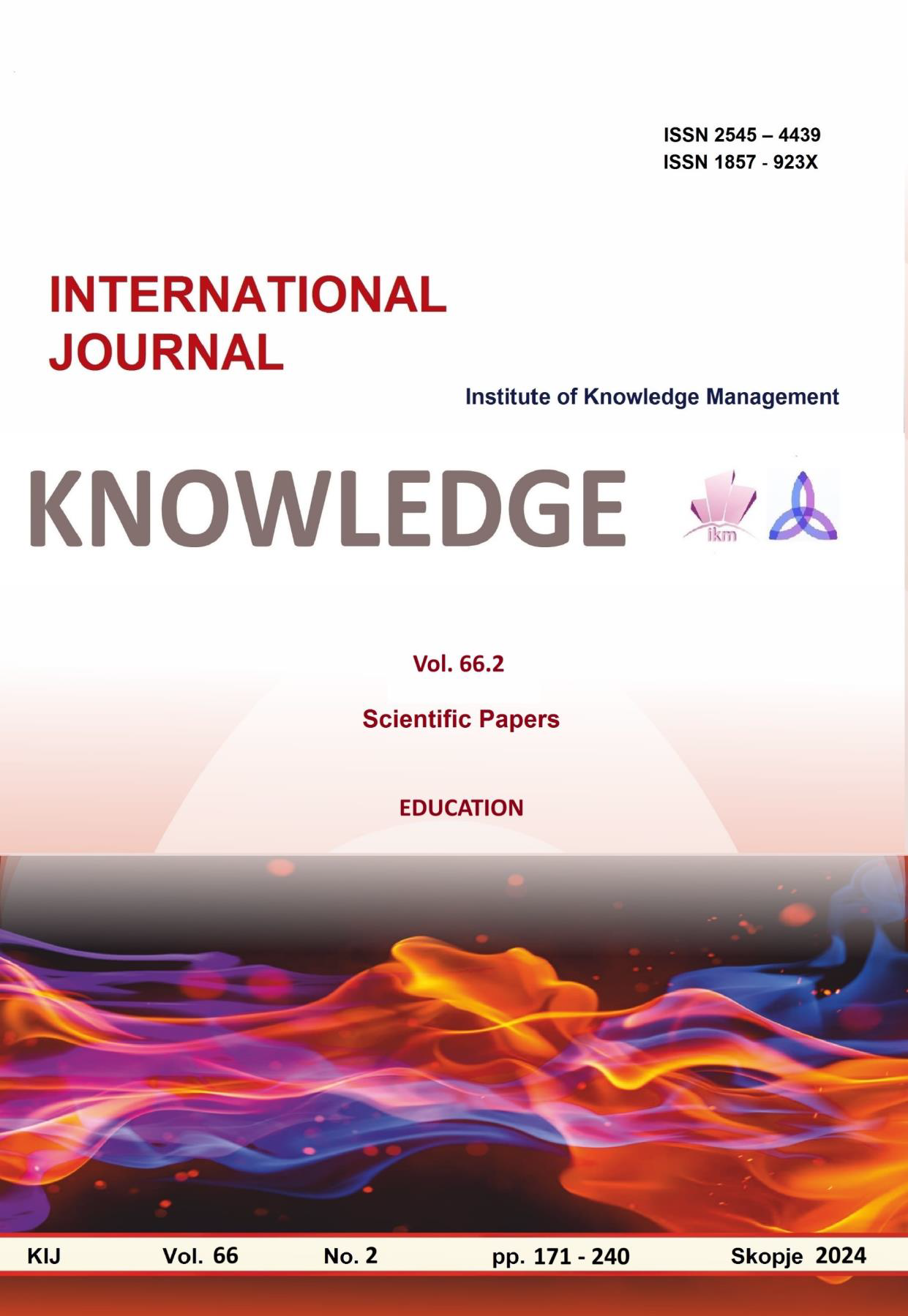BLOOM'S MASTER LEARNING MODEL: A CASE STUDY EXAMPLE OF APPLICATION IN THE TVET
BLOOM'S MASTER LEARNING MODEL: A CASE STUDY EXAMPLE OF APPLICATION IN THE TVET
Author(s): Iliyan VasilevSubject(s): Social Sciences, Education, Vocational Education
Published by: Scientific Institute of Management and Knowledge
Keywords: Mastery Learning;Vocational Education;competence
Summary/Abstract: The article examines the theoretical concept on which Bloom's Master y Learning rests, as well as certain of its characteristics that are still relevant and appropriate today. Research on the relationship between Mastery Learning and achievement for students as well as the impact on positive levels of motivation and attitudes towards learning is reviewed and summarized. With its consilient characteristic including competency-based curriculum design, preliminary assessment, flexible learning paths and educational divergence, as well as self-study formative assessment and assessment of mastery, the proposed model could fit in vocational education and training courses. A generalized example of the application of elements of Mastery Learning in electrical engineering classes is proposed: some guidelines for the stages of Mastery Learn ing are indicated, and examples of Mastery Learning modules are given. In the article is disclosed in detail a case example of applications such a model with all the predicaments and ensuing endeavoring challenges in the field of electrical science. It is revealed the expected positive results and the appropriateness of the developing of such model. Clearly the Master learning is not a nostrum or elusive remedy for the variety of problems in the vocational education but it could contribute to some benefits like building confidence, improving technical skills, development early identification of needs, “Stronger Foundations”, personal excogitation and ratiocination. Mastery learning as a model can contribute to the effectiveness of learning in VET with its flexible design of a curriculum based on competencies where each is divided into smaller, measurable learning objectives; with a mastery assessment that requires students to demonstrate mastery of each competency before moving on to the next level involving hands-on assessments, simulations, or real-world projects where they demonstrate their skills; with self-paced learning offering online modules, instructional videos and hands-on exercises that allow students to learn at their own pace. The core structure of Master learning applied in VET is based on the backward design with the three stages: identifying desired results, determination of acceptable evidence and planning learning experiences and instructions with creating cyclical patterns of learning instead of linear patterns. Each cycle starts with clear objectives, planning a mastery rubric, planning the assessment and finishes lastly with lesson planning. This could be achieved with an established space effective learning where students solve problems in collaboration groups discussing and debating issues from real life doing practical hands-on activities searching and resuming piles of information on a particular from different sources and the internet.
Journal: Knowledge - International Journal
- Issue Year: 66/2024
- Issue No: 2
- Page Range: 211-216
- Page Count: 6
- Language: English

